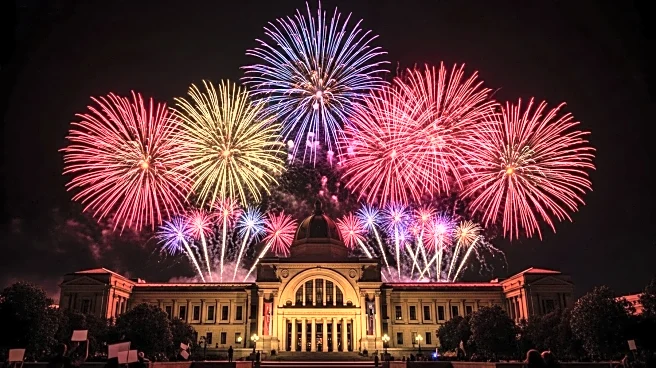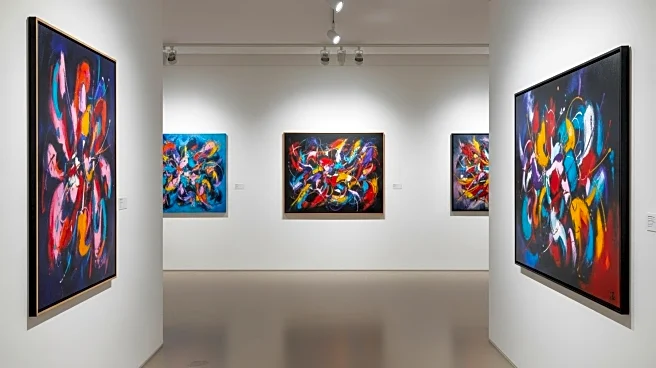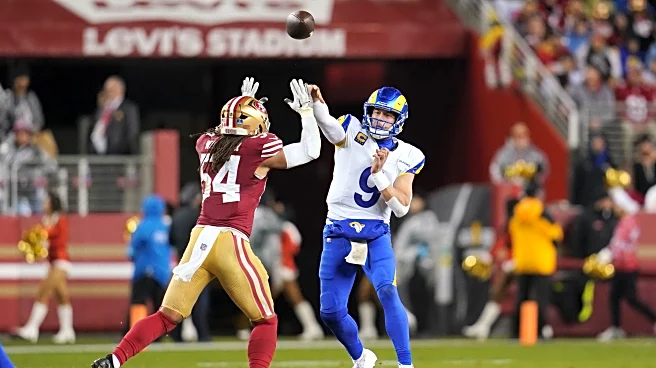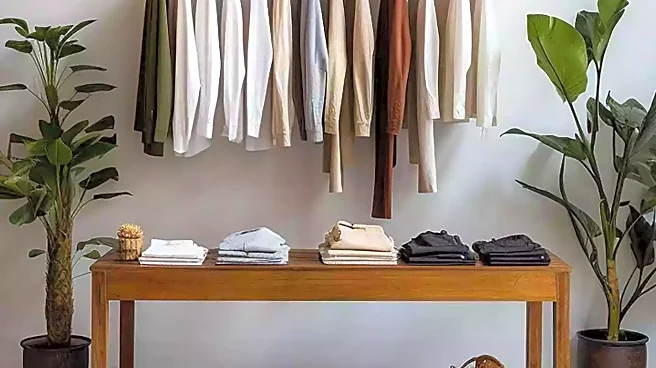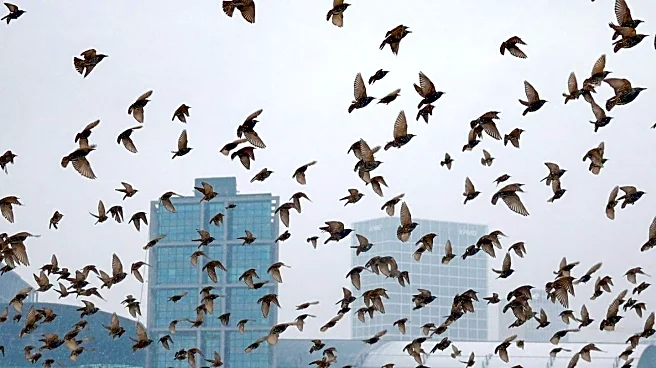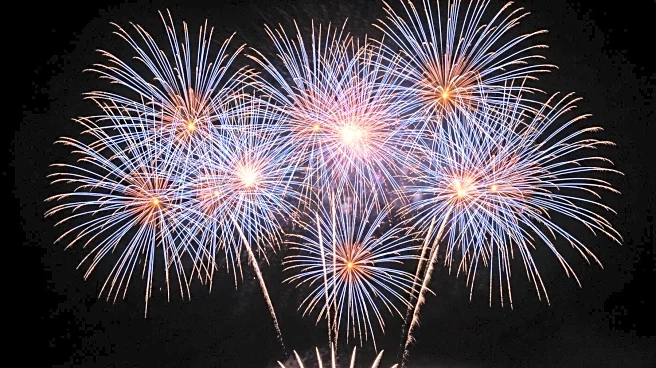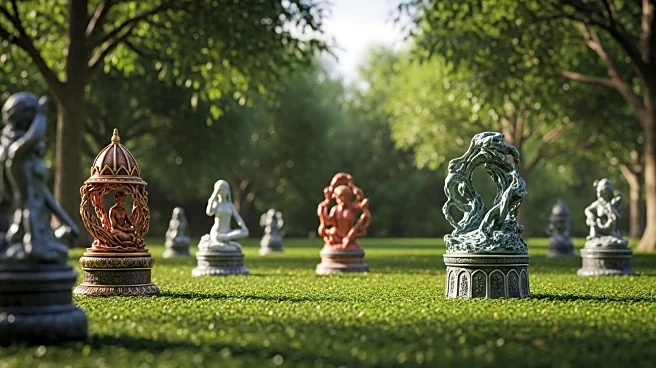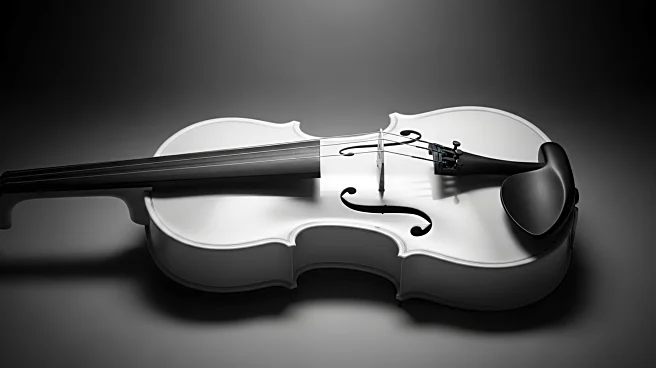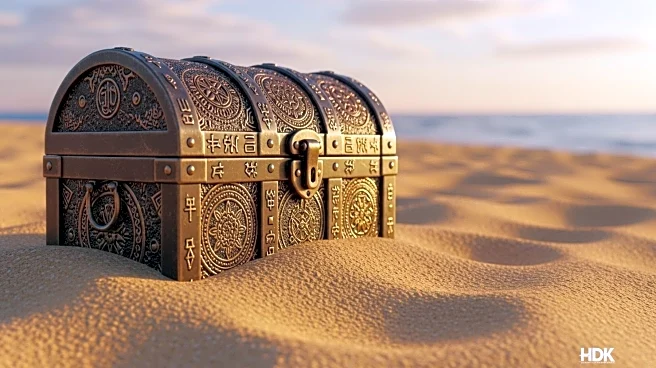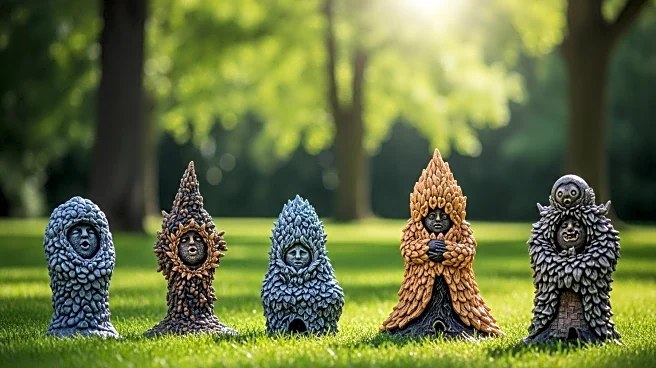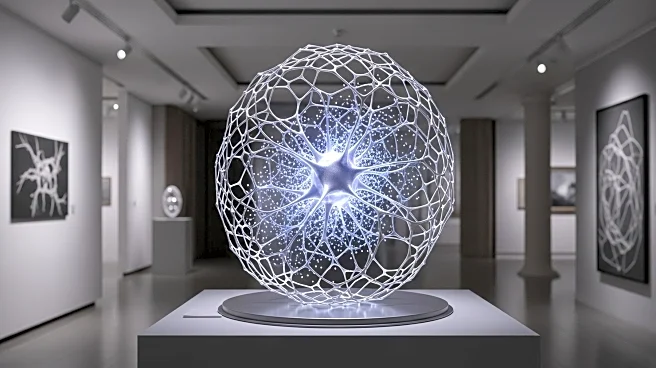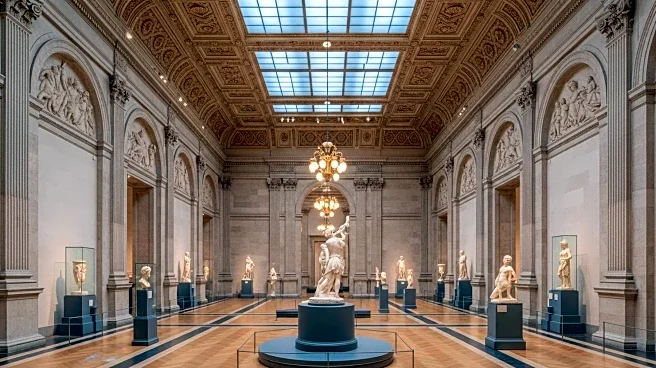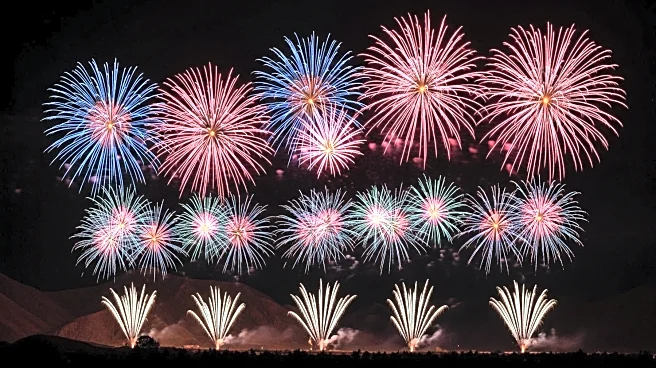What is the story about?
What's Happening?
The Metropolitan Museum of Art in New York has recently acquired works by artists Cai Guo-Qiang, Matthew Wong, and Qiu Xiaofei, which are now on display. This acquisition comes at a time when Cai Guo-Qiang is facing protests in London. The protests are led by the Tibetan Community in Britain, who are demanding the closure of Cai's show at White Cube in London. The controversy stems from a viral stunt where Cai set off fireworks in the Himalayan region of Tibet, which protestors claim threatens the region's ecological and political stability. Cai has since issued an apology, acknowledging the concerns raised by the protestors.
Why It's Important?
The acquisition of Cai Guo-Qiang's work by a prestigious institution like the Metropolitan Museum of Art highlights the artist's significant impact on the art world, despite the ongoing controversy. This situation underscores the complex relationship between art, politics, and cultural sensitivity. The protests against Cai's work reflect broader tensions regarding cultural representation and environmental stewardship, particularly in politically sensitive regions like Tibet. The Met's decision to showcase Cai's work may influence public perception and dialogue around these issues, potentially affecting future exhibitions and acquisitions.
What's Next?
The ongoing protests in London may prompt further discussions within the art community about the responsibilities of artists and institutions in addressing cultural and environmental concerns. The Metropolitan Museum of Art may face pressure to respond to the controversy, which could influence its future curatorial decisions. Additionally, the protestors' demands for the closure of Cai's show in London could lead to increased scrutiny of his work and its impact on sensitive regions. The art world will be watching closely to see how these events unfold and what implications they may have for artists working in politically charged contexts.
Beyond the Headlines
This situation raises important questions about the ethical responsibilities of artists and cultural institutions. The protests highlight the need for greater awareness and sensitivity when engaging with culturally and environmentally significant regions. The art world may need to consider more inclusive and respectful approaches to representation, ensuring that the voices of affected communities are heard and respected. This could lead to a shift in how art is created, exhibited, and critiqued, fostering a more conscientious and globally aware art community.
AI Generated Content
Do you find this article useful?
